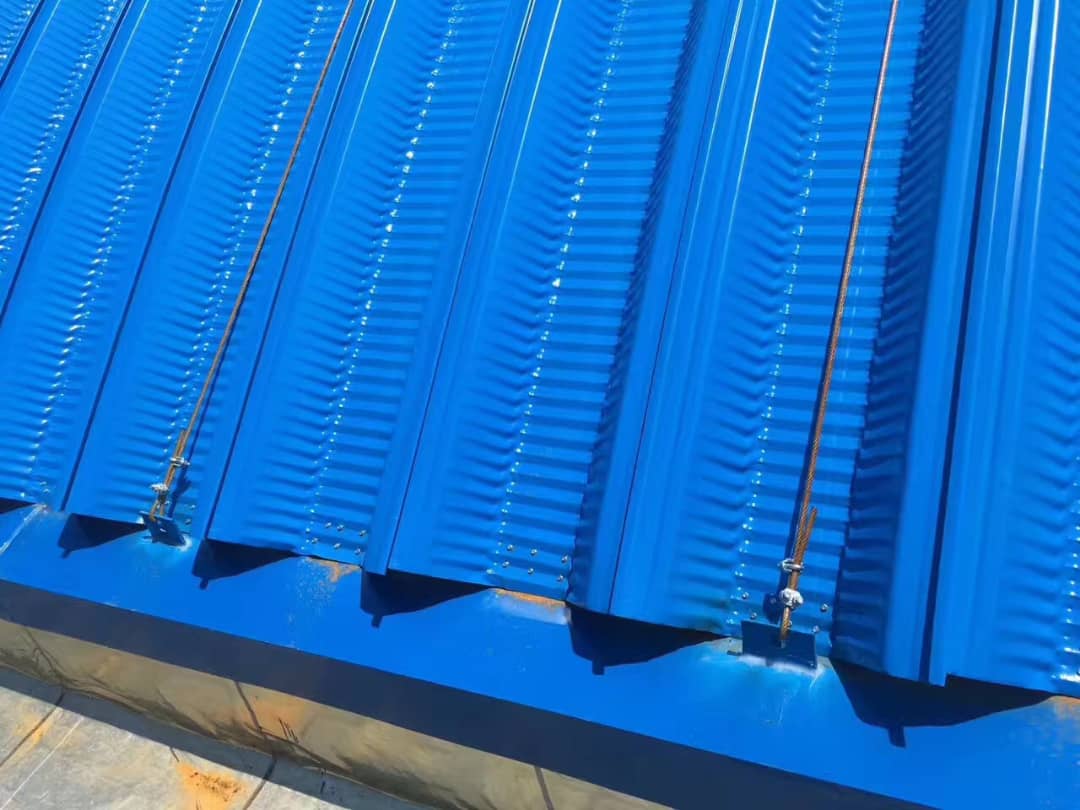
Rolling Forming Machine An Overview
Rolling forming machines are essential tools in the field of manufacturing and metalworking. These machines are designed to shape metal sheets or strips into various forms and profiles by passing them through a series of rollers. The technique, known as roll forming, offers several advantages over traditional methods, making it a popular choice in industries that require precision and efficiency.
The Process of Roll Forming
The roll forming process involves feeding a continuous strip of metal into a series of rollers that progressively shape it into the desired profile. Each roller is precisely designed to alter the shape of the metal incrementally. As the strip passes through each set of rollers, it is gradually bent into the final configuration. This method is particularly effective for producing long lengths of materials with uniform cross-sections.
One of the key benefits of the rolling forming process is its ability to create complex profiles with high precision. The machines can produce a variety of shapes, including channels, angles, and various custom profiles, which can be used in numerous applications, from construction to automotive parts. The versatility of rolling forming machines allows for the efficient production of components made from materials such as steel, aluminum, and copper.
Advantages of Using Rolling Forming Machines
1. Efficiency and Speed One of the primary advantages of rolling forming is the speed at which components can be produced. The continuous nature of the process allows for high-volume production, making it ideal for manufacturers looking to meet large orders while keeping lead times low.

2. Cost-Effectiveness While the initial setup and tooling costs for a rolling forming machine might be higher, the long-term savings in material and labor costs can be significant. The process minimizes waste by using the entire strip of metal and reduces the need for secondary operations, such as welding or cutting.
3. Consistency Roll forming machines produce components with a high degree of uniformity. This consistency is crucial for industries where precision is paramount, such as in the production of HVAC systems, structural supports, and automotive parts. Each piece produced is closely aligned to specified dimensions, reducing the risk of defects.
4. Material Flexibility Rolling forming machines can work with various materials, including different grades and thicknesses of metals. This adaptability allows manufacturers to switch between materials without extensive changes to the machinery, providing further efficiency in production.
5. Automation and Control Modern rolling forming systems can be equipped with advanced automation features and computer controls, enabling real-time monitoring of the production process. This technology ensures that any deviations from the desired specifications can be quickly addressed, maintaining quality throughout production runs.
Applications of Rolling Forming Machines
The applications of rolling forming machines are vast and varied. They are widely used in the construction industry for producing metal roofing, siding panels, and structural components. In the automotive sector, they manufacture parts such as braces, frames, and reinforcements. Additionally, roll forming is employed in the manufacturing of consumer products, furniture, and electrical fixtures.
In conclusion, the rolling forming machine is a cornerstone of modern manufacturing. Its ability to produce high-quality, precise, and cost-effective metal components makes it an invaluable asset across various industries. As technology continues to advance, we can expect even greater innovations in roll forming processes, further enhancing their efficiency and capabilities in the manufacturing landscape.